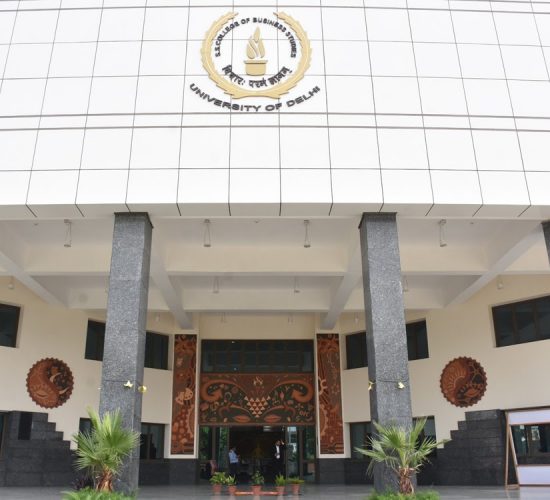Grade "A+" Accredited by NAAC with a CGPA of 3.46
The course aims to introduce the students to Boolean algebra, sets, relations, functions, principles of counting, and growth functions so that these concepts may be used effectively in other courses.
At the end of the course, students should be able to:
Unit 1
Introduction: Sets – finite and infinite sets, uncountable infinite sets; functions, relations, properties of binary relations, closure, partial ordering relations; counting – Pigeonhole Principle, permutation and combination; mathematical induction, Principle of Inclusion and Exclusion.
Unit 2
Growth of Functions: asymptotic notations, summation formulas and properties, bounding summations, approximation by integrals.
Unit 3
Recurrence: recurrence relations, generating functions, linear recurrence relations with constant coefficients and their solution, recursion trees, Master Theorem.
Unit 4
Graph Theory: basic terminology, models and types, multi-graphs and weighted graphs, graph representation, graph isomorphism, connectivity, Euler and Hamiltonian Paths and Circuits, planar graphs, graph coloring, Trees, basic terminology and properties of Trees, introduction to spanning trees.
Unit 5
Propositional Logic: logical connectives, well-formed formulas, tautologies, equivalences, Inference Theory.
Mohapatra, & Liu, C. L. (2012). Elements of Discrete mathematics. 4th edition. McGraw Hill Education.
Rosen, K. H. (2011). Discrete Mathematics and Its Applications. 7th edition. Tata McGraw Hill Education.
Albertson, M. O., & Hutchinson, J.P., (1988). Discrete Mathematics with Algorithms. John Wiley and Sons.
Cormen, T. H., Leiserson, C. E., & Rivest, R. L. (2009). Introduction to algorithms. 3rd edition. MIT Press.
Hein, J. L. (2015). Discrete Structures, Logic, and Computability. 4th edition. Jones and Bartlett Learning
Hunter, D. J. (2011). Essentials of Discrete Mathematics. 2nd edition. Jones and Bartlett Learning
Use of ICT tools in conjunction with traditional class room teaching methods
Interactive sessions
Class discussions
Written tests, assignments, quizzes, presentations as announced by the instructor in the class
Recurrence, trees and graphs, combinatorics, inductive and deductive reasoning, asymptotic complexity.
Disclaimer: Details on this page are subject to change as per University of Delhi guidelines. For latest update in this regard please refer to the University of Delhi website here.
| Cookie | Duration | Description |
|---|---|---|
| cookielawinfo-checkbox-analytics | 11 months | This cookie is set by GDPR Cookie Consent plugin. The cookie is used to store the user consent for the cookies in the category "Analytics". |
| cookielawinfo-checkbox-functional | 11 months | The cookie is set by GDPR cookie consent to record the user consent for the cookies in the category "Functional". |
| cookielawinfo-checkbox-necessary | 11 months | This cookie is set by GDPR Cookie Consent plugin. The cookies is used to store the user consent for the cookies in the category "Necessary". |
| cookielawinfo-checkbox-others | 11 months | This cookie is set by GDPR Cookie Consent plugin. The cookie is used to store the user consent for the cookies in the category "Other. |
| cookielawinfo-checkbox-performance | 11 months | This cookie is set by GDPR Cookie Consent plugin. The cookie is used to store the user consent for the cookies in the category "Performance". |
| viewed_cookie_policy | 11 months | The cookie is set by the GDPR Cookie Consent plugin and is used to store whether or not user has consented to the use of cookies. It does not store any personal data. |

